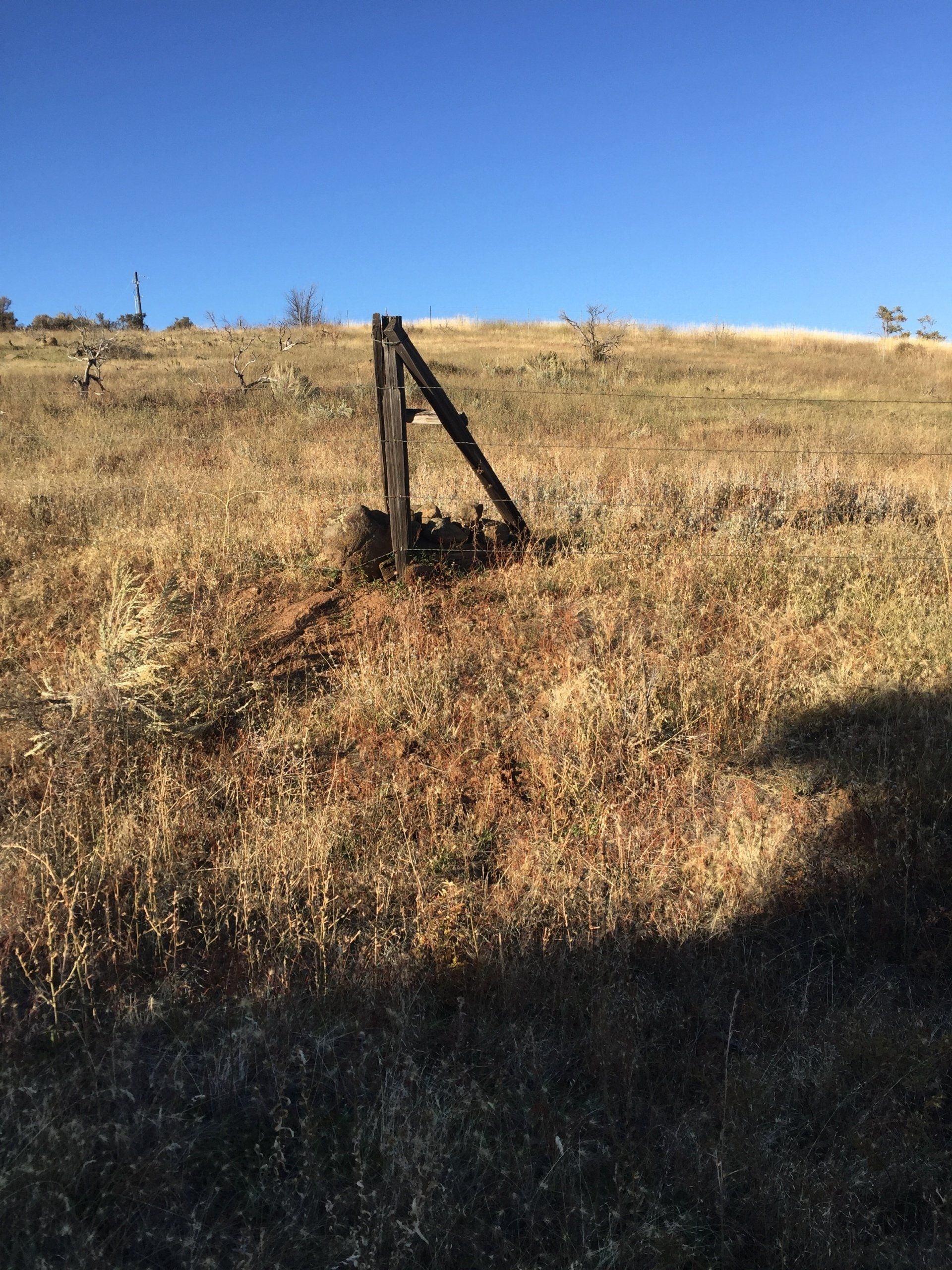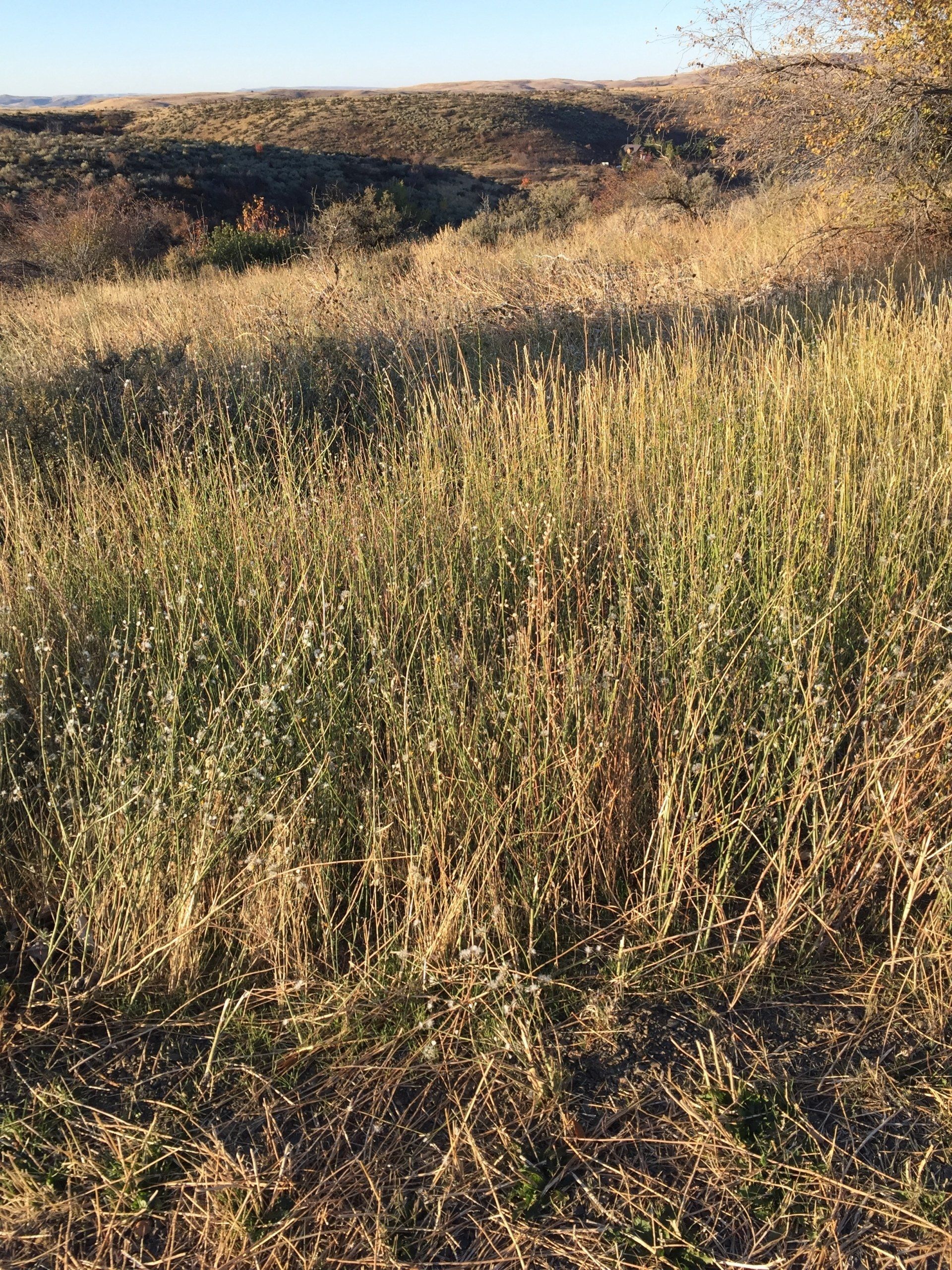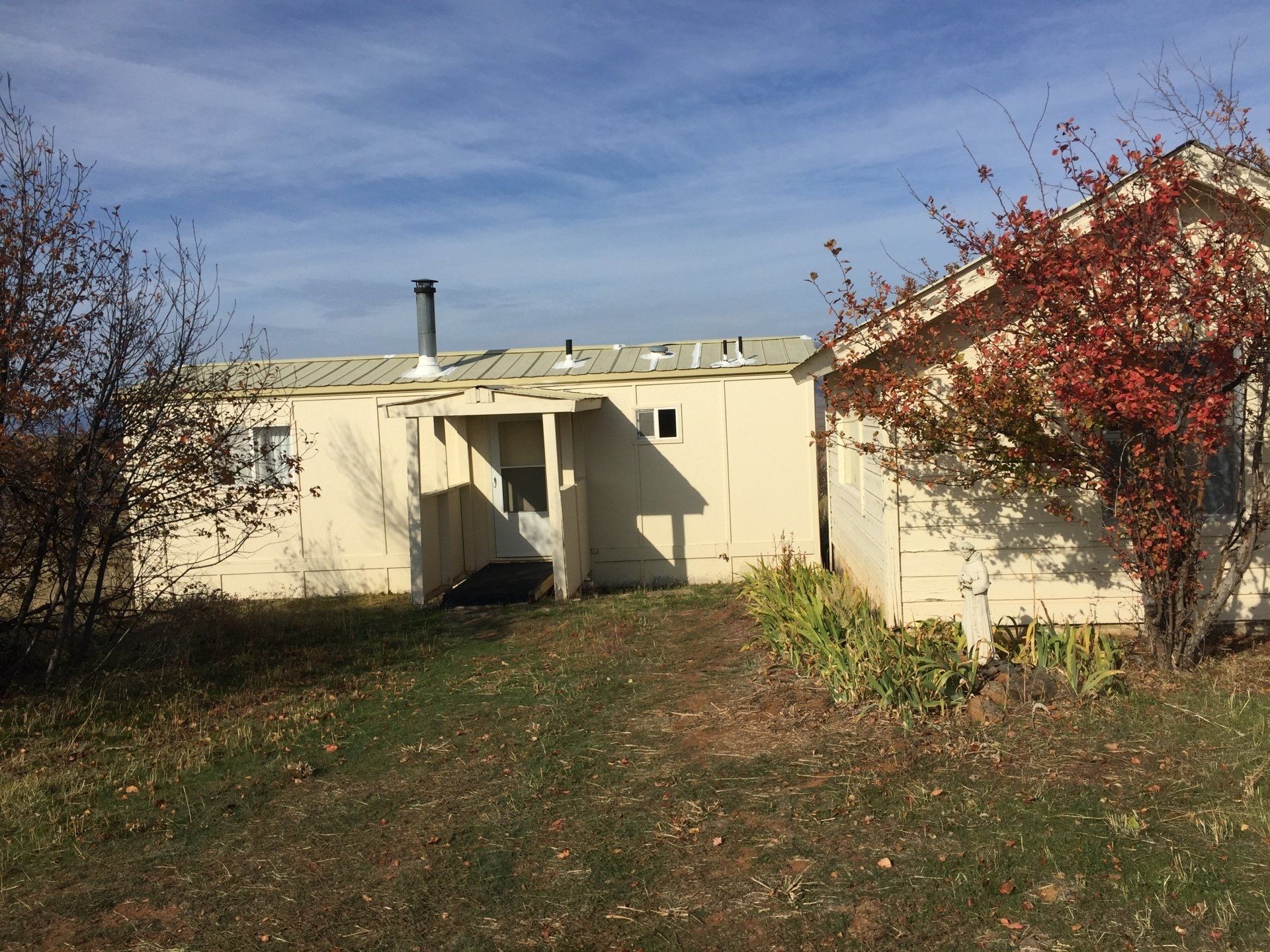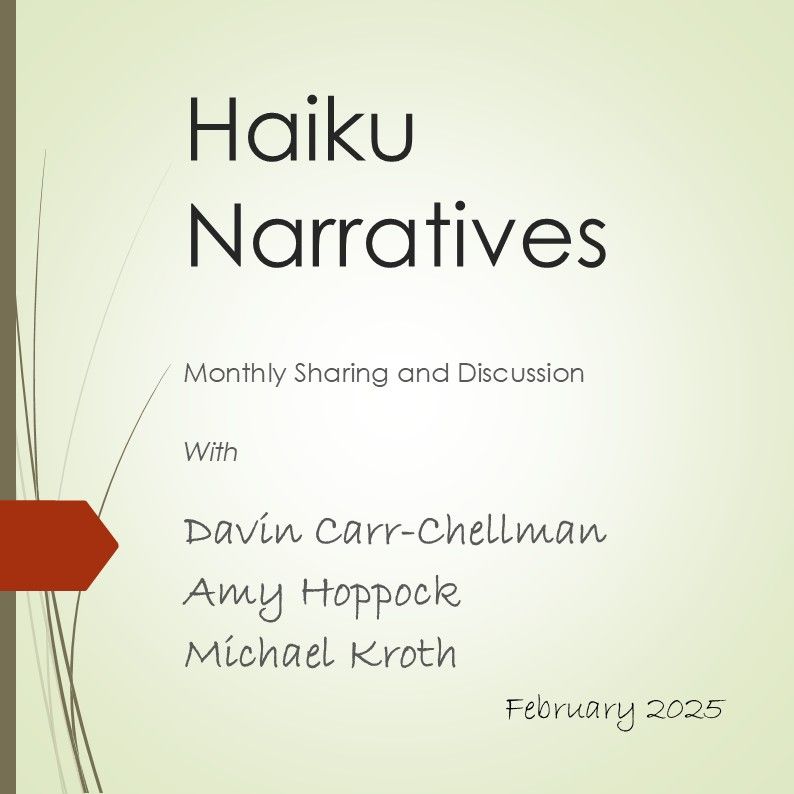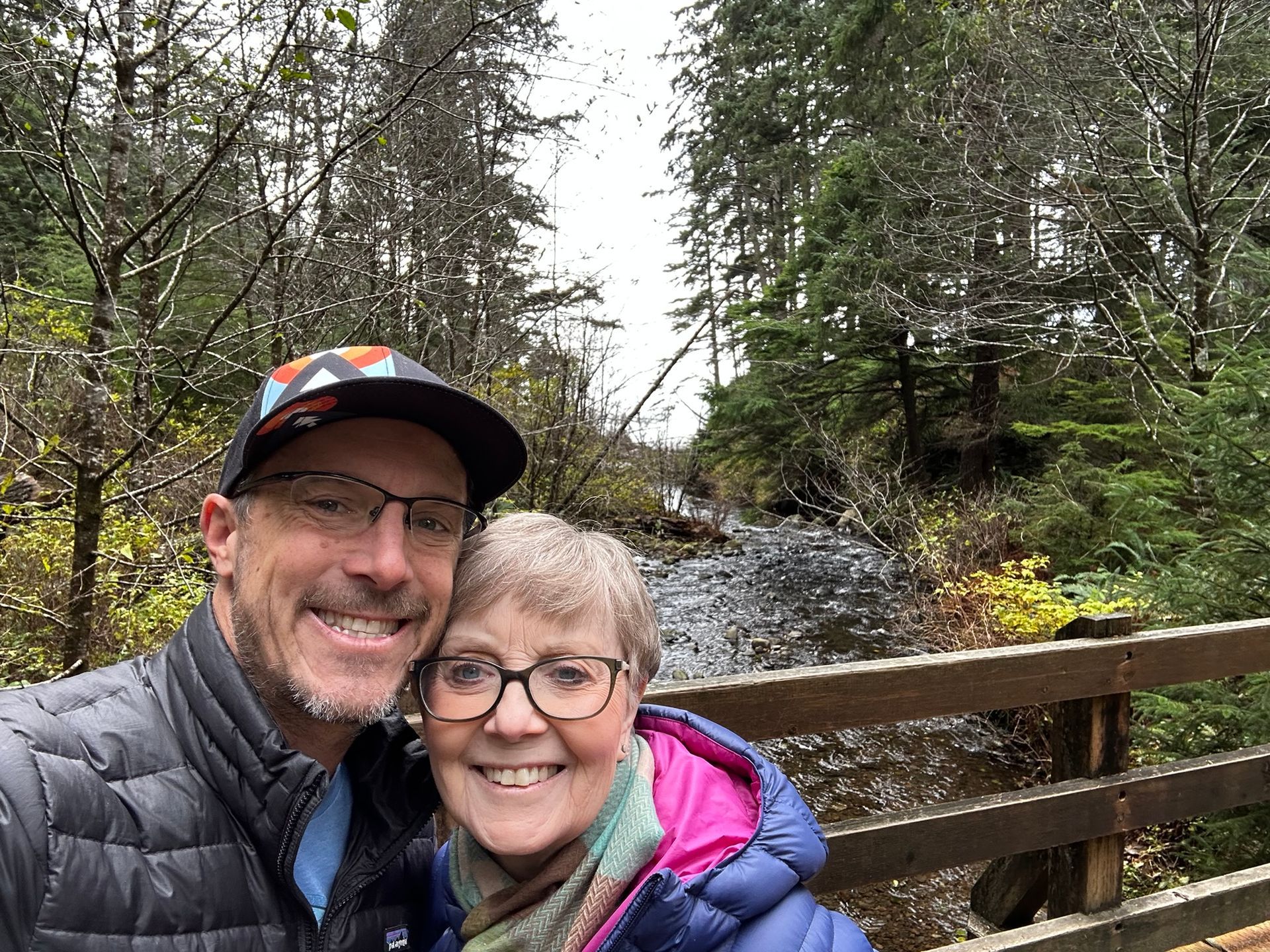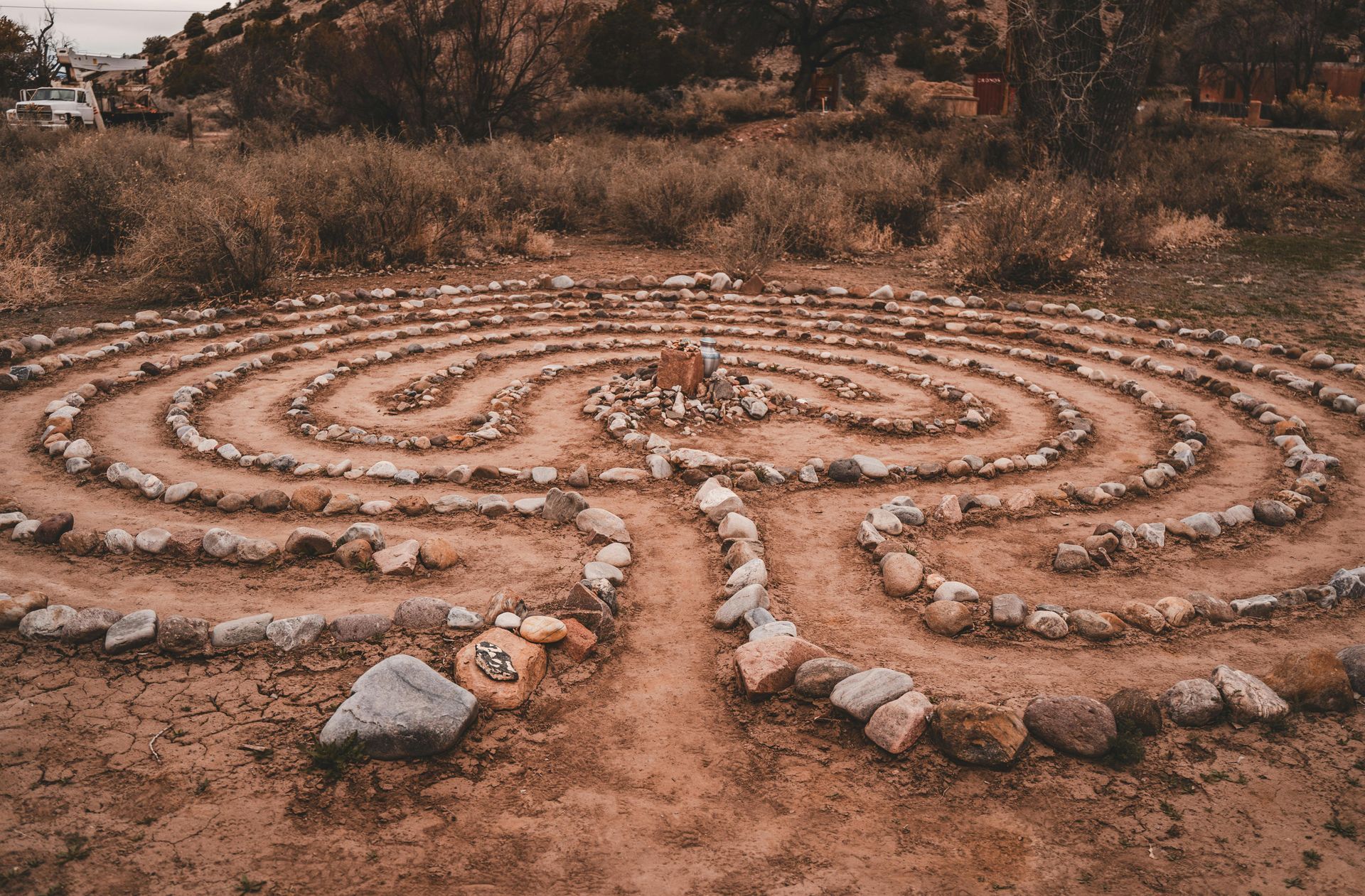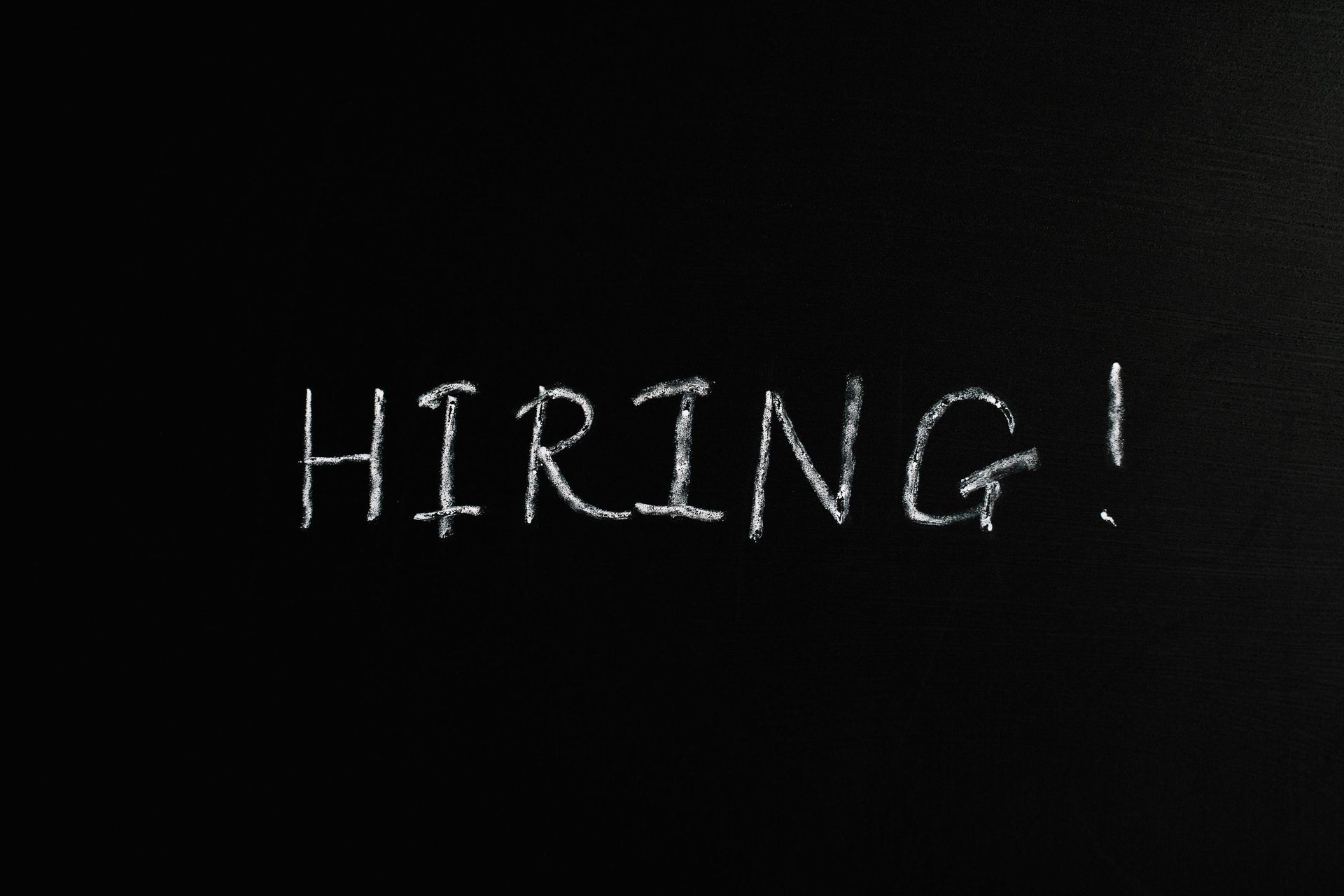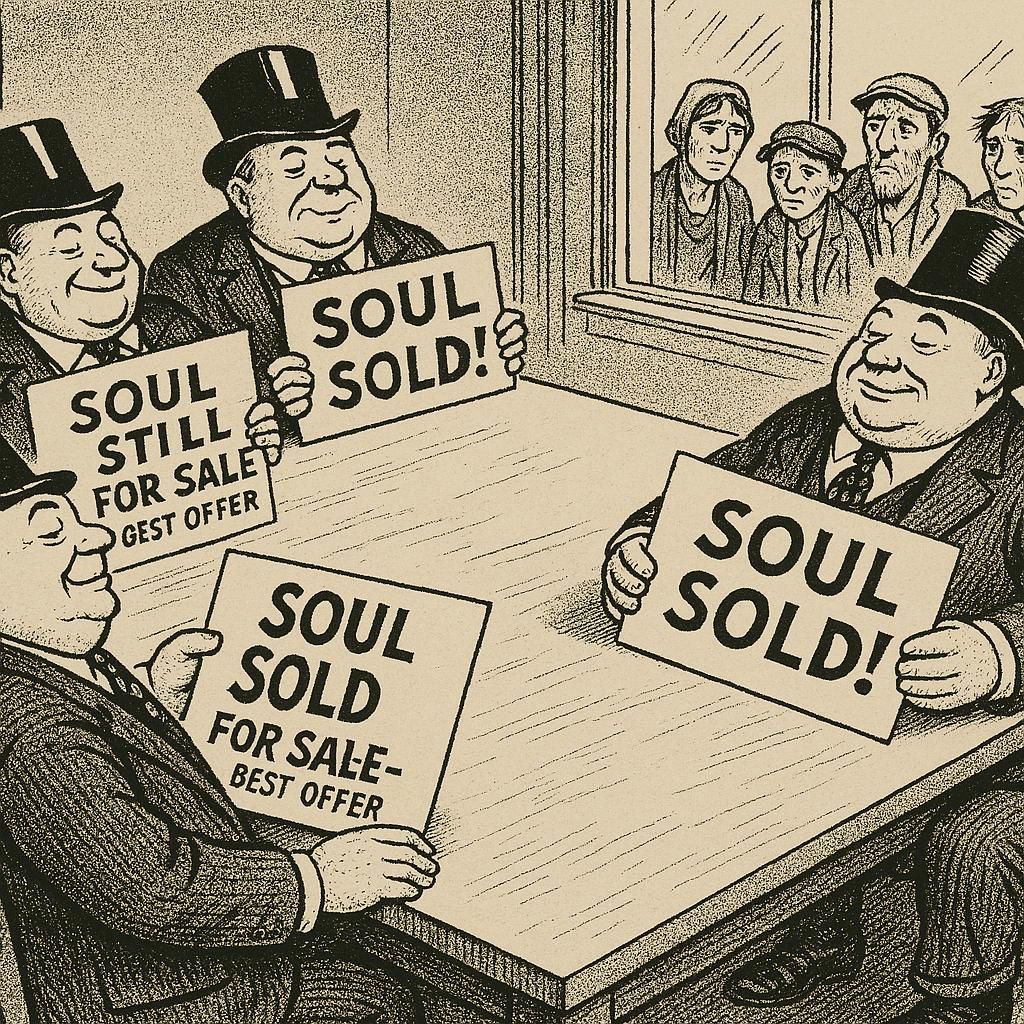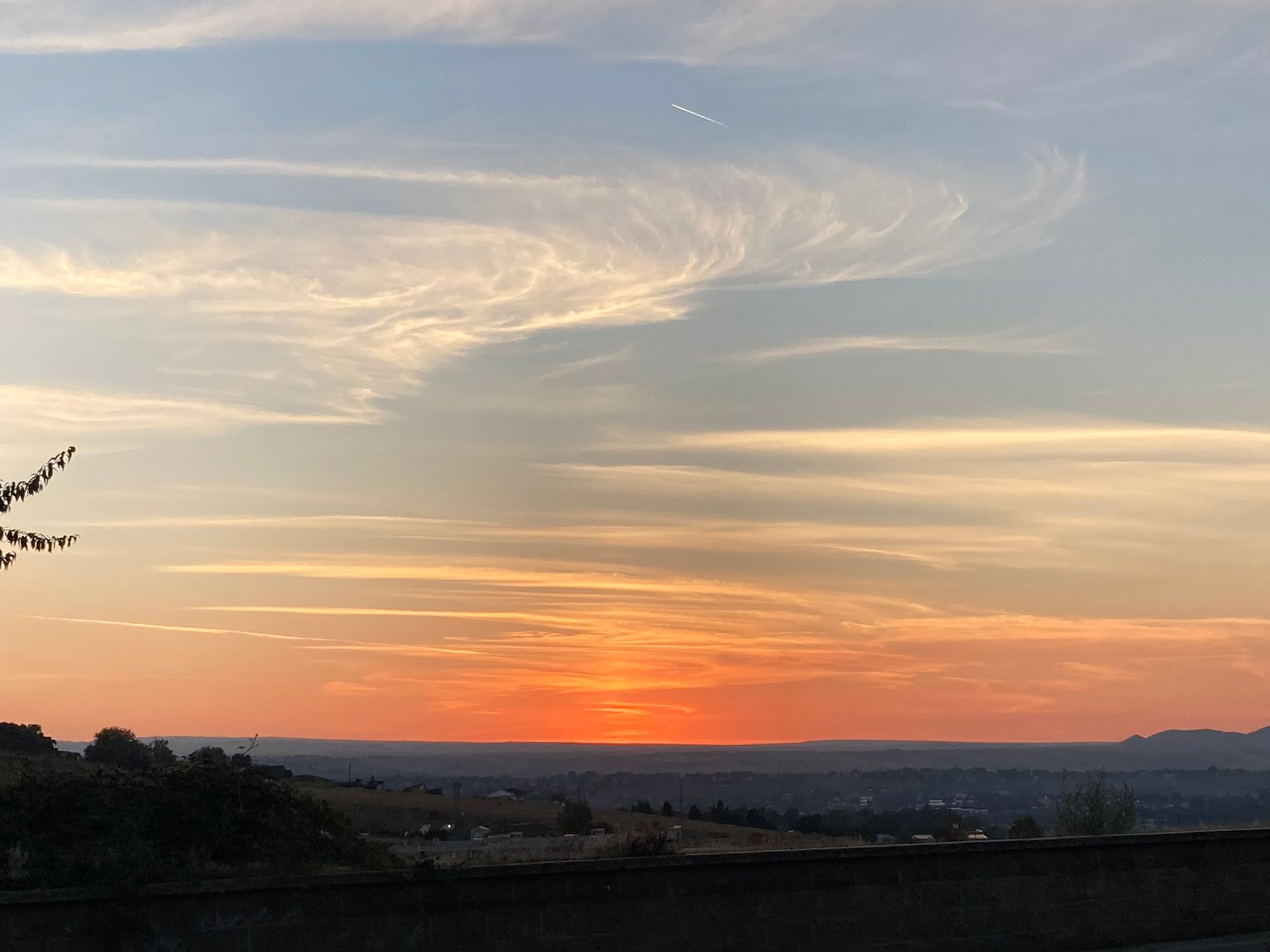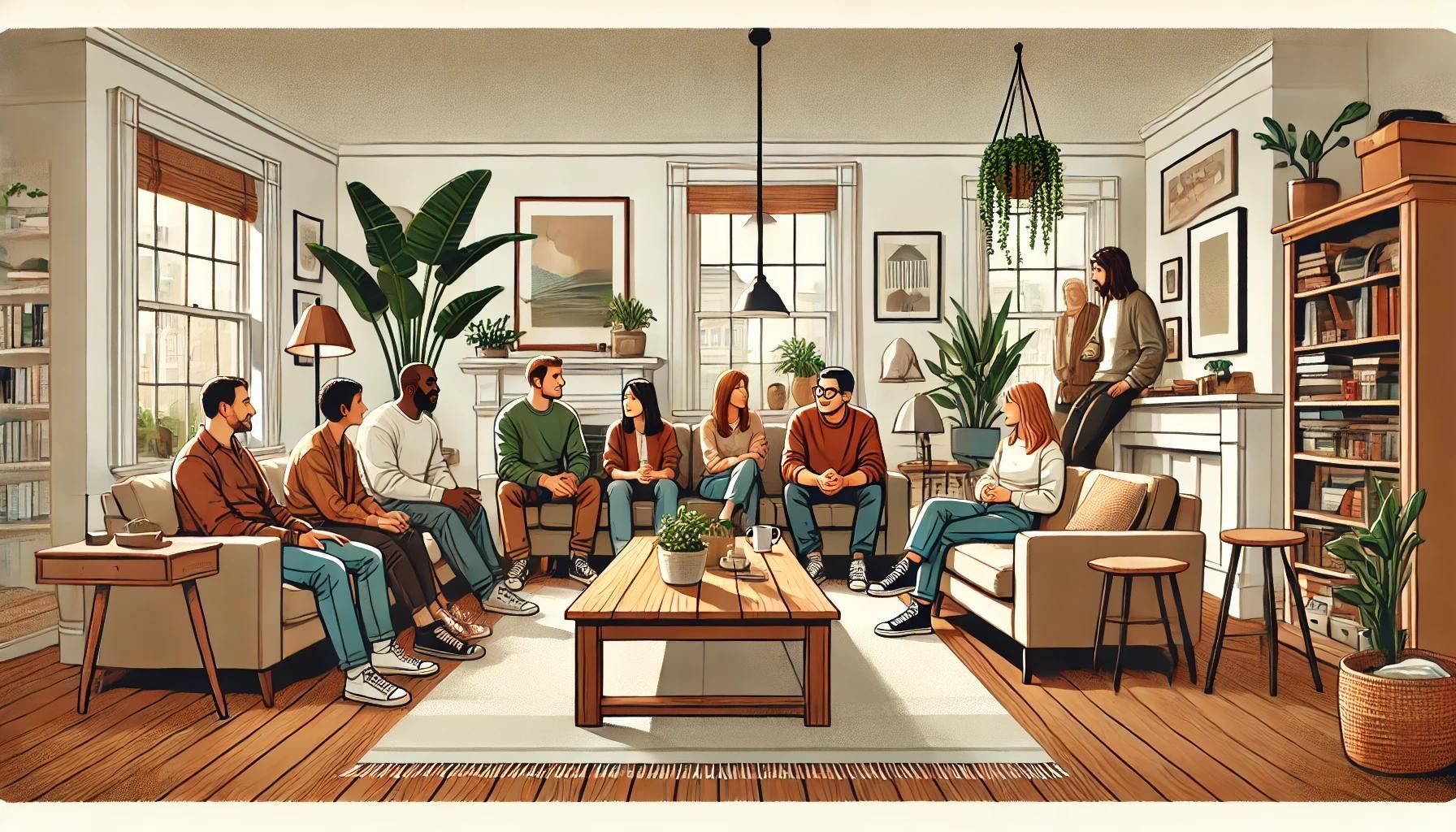My First Retreat At A Hermitage
Marymount Hermitage, Just Outside Mesa, Idaho
Before last week I had never stayed at a hermitage. A hermitage is a place where a hermit, or a community of hermits, hangs out. A hermitage is generally located some place away from the rest of the world. Hermits live in places intended to be isolated from society. Many times, this is for religious purposes. They are recluses. Ascetical. Intentionally leading austere, pious lives. They are the antithesis of a superficial, consumption-focused, “me-first”, society.
Why in the world would I spend time there?
Antony (or Anthony), as in Antony of Egypt, aka Antony the Great is one of the best known and earliest hermits. He was one of the famous – in some circles, probably not for many celebrity watchers on cable TV – “Desert Fathers and Mothers”. These hermits lived around the third century A.D., mainly in the Egyptian desert and were the precursors to modern monastic life. These solitude-seekers, although trying to get away from people, were often visited by those who wanted to tap into their wisdom. Their advice, at least a small portion of it, lives on for many followers in pithy quotations found in books. We all like short, sage, single sentences over long explanations, don’t we?
I have been taking personal retreats the last several years to monasteries (See My First Retreat To A Monastery and My First Night In A Monastery ). This, after returning from a three-month teaching abroad experience in Italy where I connected deeply with the museums, basilicas, abbeys, and historically sacred spots, was something I had vowed to do to continue my journey down a path of interior work. My intention is to take three short retreats annually, like I've managed this year for the first time. The places for the most part have been Catholic monasteries, though I did spend time once at the United Methodist Collins Retreat Center , a beautiful place I would recommend to anyone seeking solitude, located just outside Portland, OR.
The adjective for life in a monastic community is “cenobitic” and the adjective for life as a hermit is “eremetic”. Although I am drawn to monasteries, I realized early on that living a monastic life, even if the unlikely opportunity arose through life circumstances, was not for me. But what about the life of a hermit?
Sitting in Weiser
Before I call the Sister
My heart beats with hope.
Written just an hoursouth of Marymount Hermitage
I arrived at Marymount Hermitage mid-Thursday afternoon and departed mid-Sunday morning, so the actual time was much less than four full days. Still, it wasn’t hard to get a feel for what living in relative solitude might be like. I was greeted by Sister Beverly, who rang the chapel bell to greet me. More about this wonderful woman, the story about how she and another sister built this hermitage over the last 37 years out of nothing, in a later post. For the last several years Sister Beverly has been by herself, taking care of the hermitage, it’s physical facilities, keeping it solvent, providing the spiritual direction for people like me to come in retreat, and leading services (I went to ones morning and evening while there) and other religious functions. Not only that, she has a full library of books in a building of its own which she oversees. And more. I was deeply touched by her, and her kind and pious spirit.
Solitude is the watchword for me when planning these retreats. Even spending time at men’s retreats at Mount Angel Abbey , also just a few miles from Portland, Oregon; or attending the “Divine Office”, which are several, regular services during each day in a Benedictine monastery – in other words, even with people close by and in community - spending time in solitude and working on the interior life is my most important intention when I go. I also learn much about going deeper in knowledge and practice every single time.
This hermitage retreat, with no activities planned with others except for brief services in the morning and night, was intended to work on a couple areas. One was to see if I could begin to reduce attachments to what is non-essential in life. That is clearly a part of the eremetical life. One way to do that is fasting, so I planned to fast all day Friday. Which I did.
Another was to build my contemplative practice. Usually I spend about 20 minutes each morning just breathing without thinking. Try it sometime. Usually I can’t go even a minute or two or five without thoughts floating through my brain. Working to un-attach from those thoughts and to be more present is the practice (of a lifetime, really). Anyway, I do this fairly regularly for 30 minutes, and wanted to work up to 60 minutes. Which I did several times over the four days.
Fasting and contemplating are spiritual disciplines designed to, among other things, build the capacity to be fully present in the moment. I am a worrier by nature – always have been – and have often been simultaneously anxious and depressed at the same time. Building my own capacity to value and enjoy each moment – a never-ending quest – has been a source of personal, professional, and spiritual enrichment.
The funny thing is that the more I do this the more I realize how profound even the most ordinary day is and the the most ordinary experience. Figuring out how to profundify them (see Kelly Anderson’s Profundify It! game ) or, better, to develop a disposition or even ongoing traits over time, as Goleman and Davidson have found extensive meditative practices can lead to, seems a worthy endeavor for any of us.
All aspects of the retreat contributed to this for me. I plan to go again, often.
If I stop and watch
A single solitary stalk move
Soon the whole field flows.
From my journal, after a 45-minute meditation at the hermitage, the day of my fast:
This 45-minute session was in my little chair, looking out over the valley. The road winds from the south – my right – to the north. My left. [Note: I later found that I had these directions backwards...]
I sat here because it is so analogous to my La Sacra experience looking over the Susa Valley. It would be interesting to see what the history is here and compare to the Roman legions and the monastery in Italy.
Here, looking
out I focused to start on a white tree branch. The branch was white, presumably
because it was stripped of leaves. It and the rest of the tree bent to the left,
a sign of the winds that must flow south to north here on this crest.
I soon was attending to the far mountain and a small white area, perhaps drawn by the comparison and then later to the white roof of a solitary house, with black chimney, sitting on a bluff to my left.
Finally, the
wind, which is picking up and getting colder as I write this, caused a cut piece
of grass/straw to move. I noticed it, but then still and watching it saw the
whole field moving, flowing…it was fascinating to think how much I (we) miss,
all the time.
Eremetic soul
Solitary life unfolds
Stillness stays. Behold.
I left this
haiku in the guest book in my little hermitage,
Which was dedicated to St. Francis.

